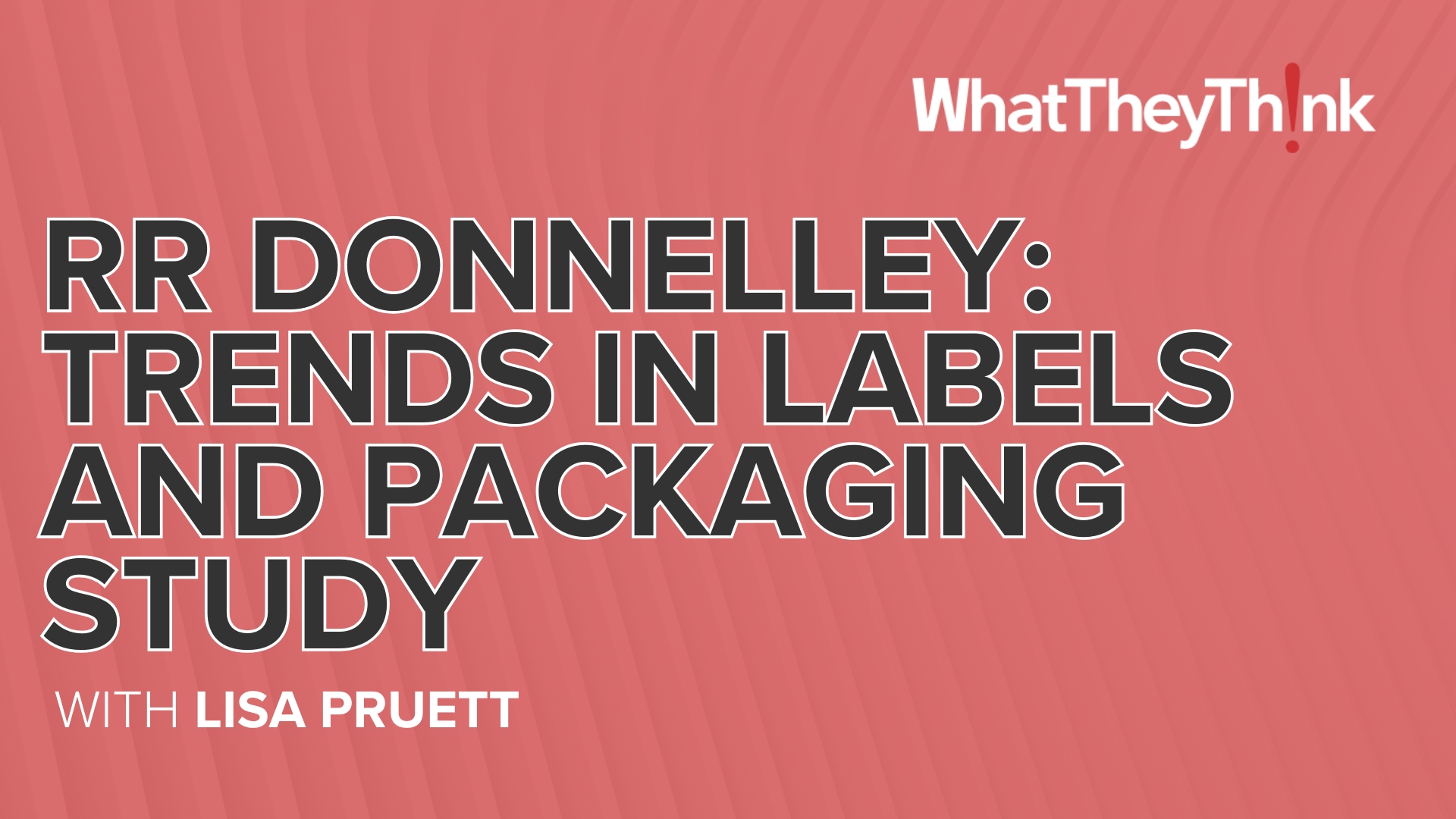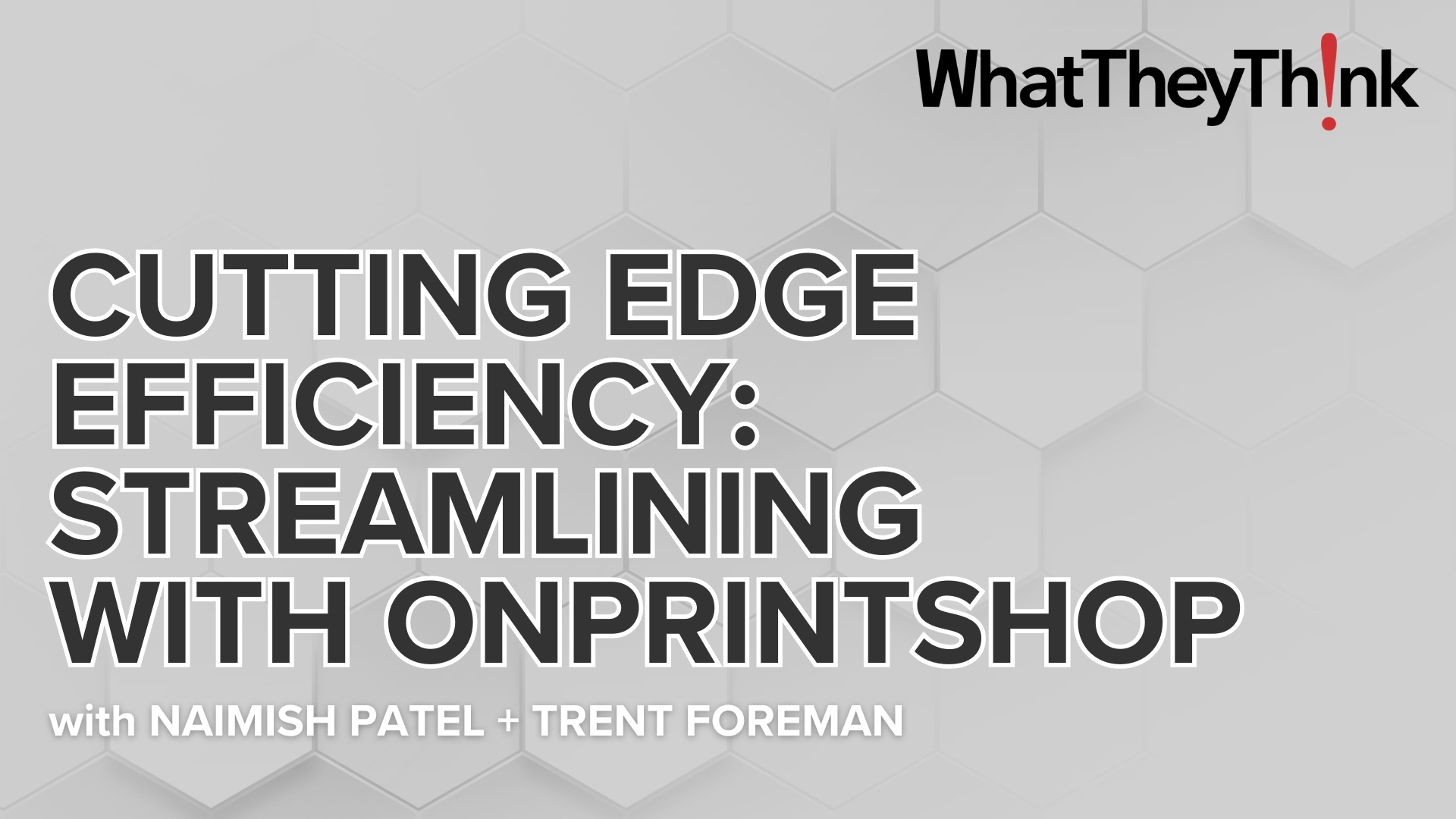Heukäufer Folien Ensures the High Quality of its Flexible Packaging with Web Guiding Systems from BST eltromat
Press release from the issuing company
Bielefeld – From extrusion and flexo printing, all the way through to assembly – at Heukäufer Folien GmbH, based in Herten, Germany, web guiding systems from BST eltromat International play a key role in quality assurance. The web center-line guidings, with two ultrasonic sensors each, guide the webs accurately through the machines for the manufacturer of sophisticated foil bags and carrier bags.
Beta test of the FVG POS 100 and the ekr 500 digital Unit Touch controller
“Thanks to their high quality requirements, Heukäufer Folien, provider of flexible packaging solutions, was the ideal partner to test our FVG POS 100 sensor positioner and ekr 500 digital Unit Touch controller in practical use,” says Kai Prahl, Area Sales Manager at BST eltromat, looking back on autumn 2017. At that time, the company Heukäufer Folien was asked to conduct a beta test of the brand new technology. “The web guiding system on our mono-extruder had seen better days, so the inquiry came at just the right time,” says Managing Director of Heukäufer Folien, Kurt Barth. At the turn of the year, the company began using the US 2010-type sensor positioner, equipped with two ultrasonic sensors, and the innovative controller.
“To be on the safe side, we initially left the old technology in the mono-extruder. BST eltromat installed a switch for us, so that we could activate the old web guiding system again at any time,” says Peter Schubert, technical director at Heukäufer Folien. After all, the 24-hour operation of this extruder with a comparatively high ambient temperature was seen as the ultimate test for the new technology. The switch was not needed. Both the FVG POS 100, developed specially for wide webs, and the ekr 500 digital Unit Touch functioned flawlessly from the very beginning.
“When changing web widths, the sensor positioner automatically moves the sensors to the web edge and positions the webs according to the measurement results provided by the sensors,” says Schubert, commending how easy it is to set up the system. “This ensures that the webs are fed centrally through the extruder.” The intuitive color LC touch display of the ekr 500 digital Unit Touch, with the innovative ekr commander, shows the web position, the sensor covers and the position of the actuator with easily readable graphics and symbols. Schubert attests to “considerably increased user-friendliness” in the intuitive menu navigation of the controller. The startup also ran smoothly. “We assembled the components of the new web guiding according to the plug & play principle. The components then automatically recognized one another.”
Quality assurance is more important than ever
Whether it’s in the fruit, vegetables, frozen foods, animal feed or gardening sector, customer demands for high-quality, functional and environmentally friendly flexible packaging are rising constantly. Up to 100% recyclable raw materials, smaller bag formats and thinner foils – Heukäufer Folien is exploiting every technical possibility to reduce the use of materials in its packaging production. Thanks to web guiding systems from BST eltromat, quality assurance has continually grown in importance amidst the sometimes competing demands of quality, functionality, economy and sustainability.
“In extrusion, the rolls have to be wound neatly – an important condition for high quality in flexo printing,” says Barth. The printing machines are equipped with swivel roller guides after rewinding and pivoting frames before printing. Both web guiding systems enable off-center operation, which prevents the rollers from being worn down. In addition, older Premius web monitoring systems from BST eltromat are installed in the flexo printing machines to inspect static printing defects.
Throughout the manufacture, the web guiding systems ensure that the bags and banderoles are precisely overlaid, including the edge strips. Four of the machines and one slitter have been retrofitted with the latest technology from BST eltromat. Thanks to the compact design and easy plug & play format of the systems, the retrofit was not technically challenging. For example, in the slitter, a CLS Pro 600 digital sensor efficiently supports the precise cutting of the parent rolls into banderoles by using a color sensor to scan line and contrast edges on the printed foils. The automatically controlled LED lighting guarantees optimum lighting conditions.
Quick job changeovers
As at many packaging manufacturers, batch sizes for Heukäufer Folien have become smaller and smaller. More than ever, the company therefore needs technology that is easy to set up. Schubert: “Thanks to its easy configuration and operation, the new technology from BST eltromat meets all our requirements for today.” For the FVG POS 100 and ekr 500 digital Unit Touch, as well as for the CLS Pro 600 and the ekr 500 digital controllers in the machines, only brief instructions were needed for the machine operators to be able to work with the new technology.
This also supports the environmental goals of Heukäufer Folien: The low-maintenance electrical systems consume little energy and minimize waste, both in the production and conversion of foils. “BST eltromat is an important partner with whom we are in constant discussion regarding how we can further optimize our processes and so offer our customers even better products,” says Barth, summarizing the significance of the partnership between the two companies.

BST eltromat developed the new FVG POS 100 sensor positioner primarily for wide webs. With motorized, adjustable sensors, it functions on the same principle as a wide-range sensor.
- Questions to ask about inkjet for corrugated packaging
- Can Chinese OEMs challenge Western manufacturers?
- The #1 Question When Selling Inkjet
- Integrator perspective on Konica Minolta printheads
- Surfing the Waves of Inkjet
- Kyocera Nixka talks inkjet integration trends
- B2B Customer Tours
- Keeping Inkjet Tickled Pink
© 2024 WhatTheyThink. All Rights Reserved.














